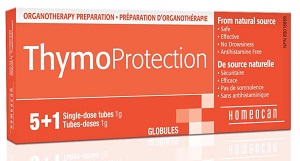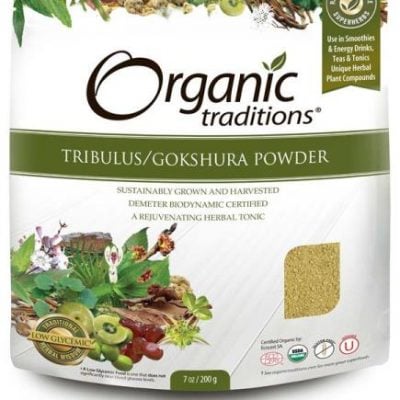Even though you may not realize they’re there, probiotics are a very important part of your digestive system. Otherwise known as “friendly bacteria”, these well-meaning microbes are working hard to keep your GI tract in healthy balance. When there are enough of them, they make it an inhospitable environment for harmful bacteria, yeasts and parasites.
Probiotics appear to help enhance the immune system and offer protection from bacteria and viruses that cause GI illnesses. Studies suggest that supplementing the diet with probiotics can help reduce the risk of developing a cold and shorten its duration. Other conditions that may benefit from probiotics include eczema, yeast infections, irritable bowel syndrome, lactose intolerance and urinary tract infections. Probiotics may also help reduce the risk of developing asthma and certain allergies in infants and young children.
Lactobacillus acidophilus is the most commonly used probiotic. Additional beneficial varieties include other members of the Lactobacillus species including L. bulgaricus, L. casei, and L. rhamnosus. Most yogurts contain L. acidophilus, but may also contain other strains.
Bifidobacteria appear to be especially important in children and infants as they are the most abundant group of bacteria in breast-fed babies. They may contribute to the protective health benefits breastfeeding provides against GI illnesses. Common strains found in supplements include B. bifidum, B. infantis, B. lactis, and B. longum.
Saccharomyces bouldarii (Florastor) is not bacteria, but a probiotic yeast. It is used to help prevent infectious diarrhea as well as diarrhea associated with antibiotic use.
Food and Supplement Sources
The most common food source of probiotics includes yogurt, kefir, miso, and tempeh. Many special probiotic drinks are now widely available and very popular. Look for the term “live active cultures” when buying yogurt or probiotic drinks. Some of these drinks may also include the number of live cells per serving.
Supplements may be required for therapeutic doses or if someone cannot tolerate food sources of probiotics. Always choose a high quality supplement to ensure live active cultures. During antibiotic therapy take probiotics as many hours as possible in between doses of antibiotic and continue the probiotics for a few weeks after antibiotic therapy is complete.
Things to consider when shopping for a quality probiotic supplement:
1.At least 1 billion live cells per serving. 5-10 billion per serving is even better. Some conditions may require higher doses. Some supplements contain hundreds of billions of live cells per serving.
2.Guaranteed potency (means the probiotics are alive) through the expiration date, not until you buy them.
3.Look for products that require refrigeration and are refrigerated at the time of purchase.
4.If the product does not require refrigeration, make sure it was specially processed to be heat/shelf stable by an independent third party lab.
5.Dark glass containers are better than plastic at preventing moisture, heat and air from damaging probiotics.
6.Consider the strain of probiotic. Choose ones that have been proven to do what they are supposed to. Different strains can benefit different conditions.
7.Keep your probiotics in the refrigerator to protect them from heat even if they are shelf stable.





